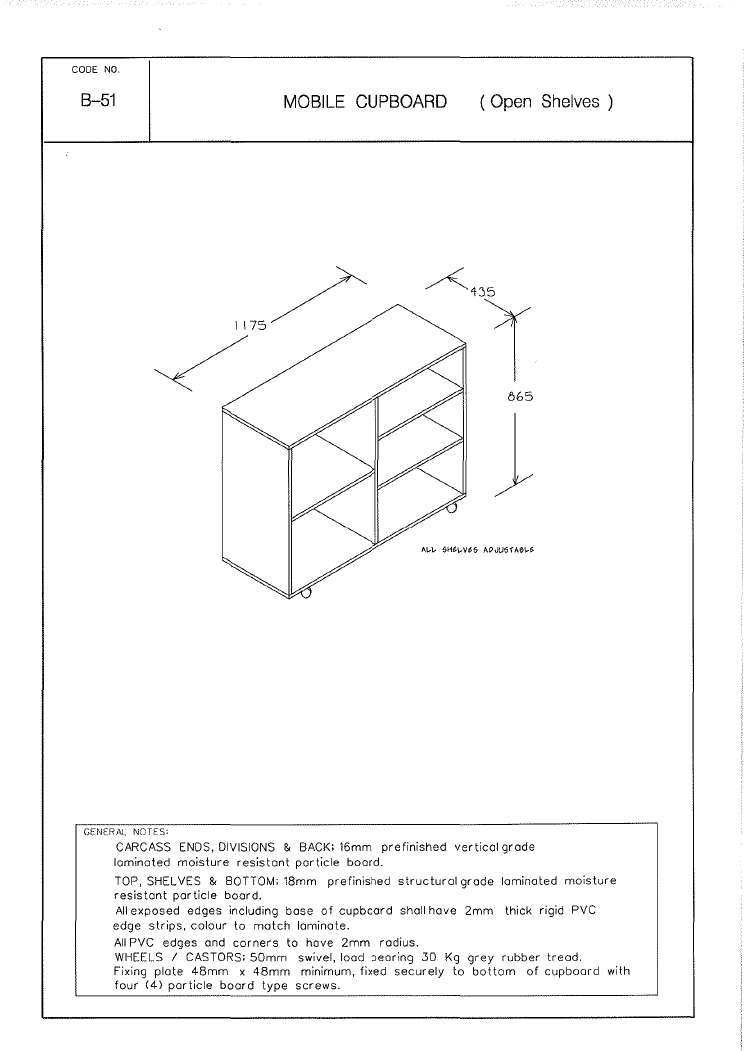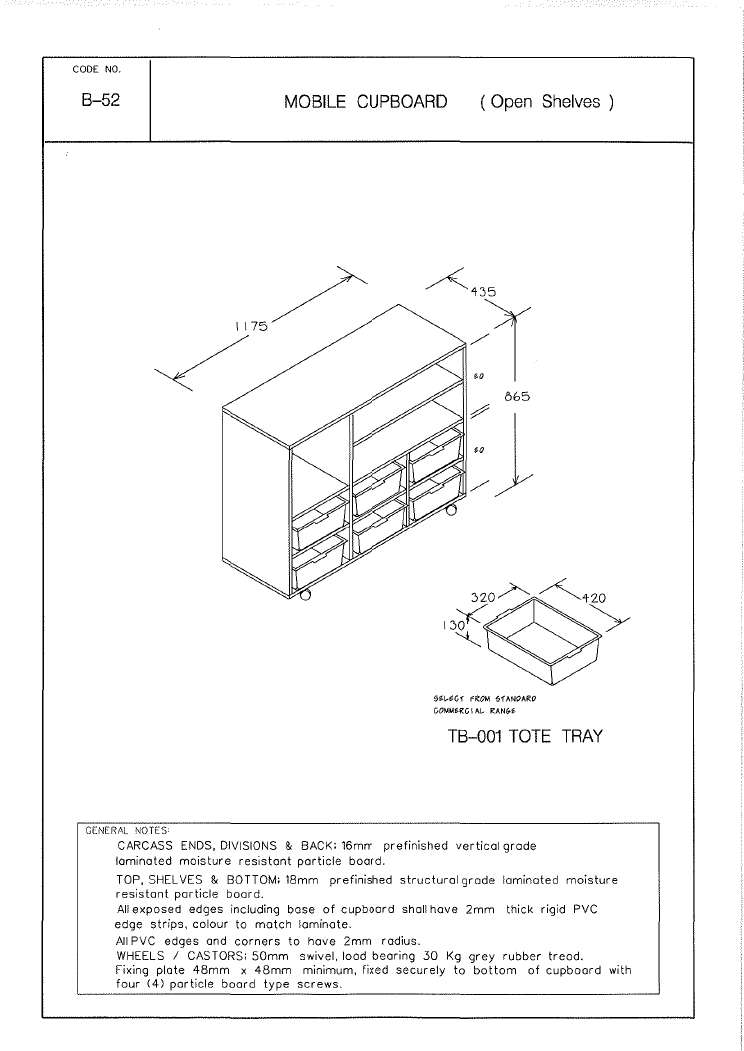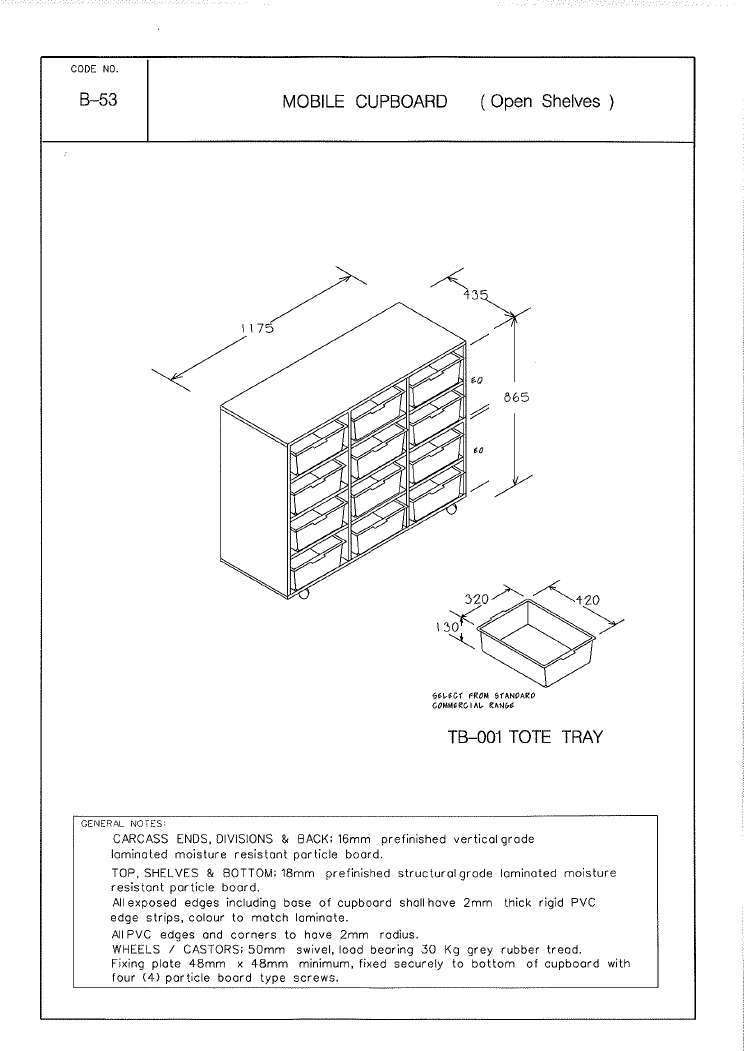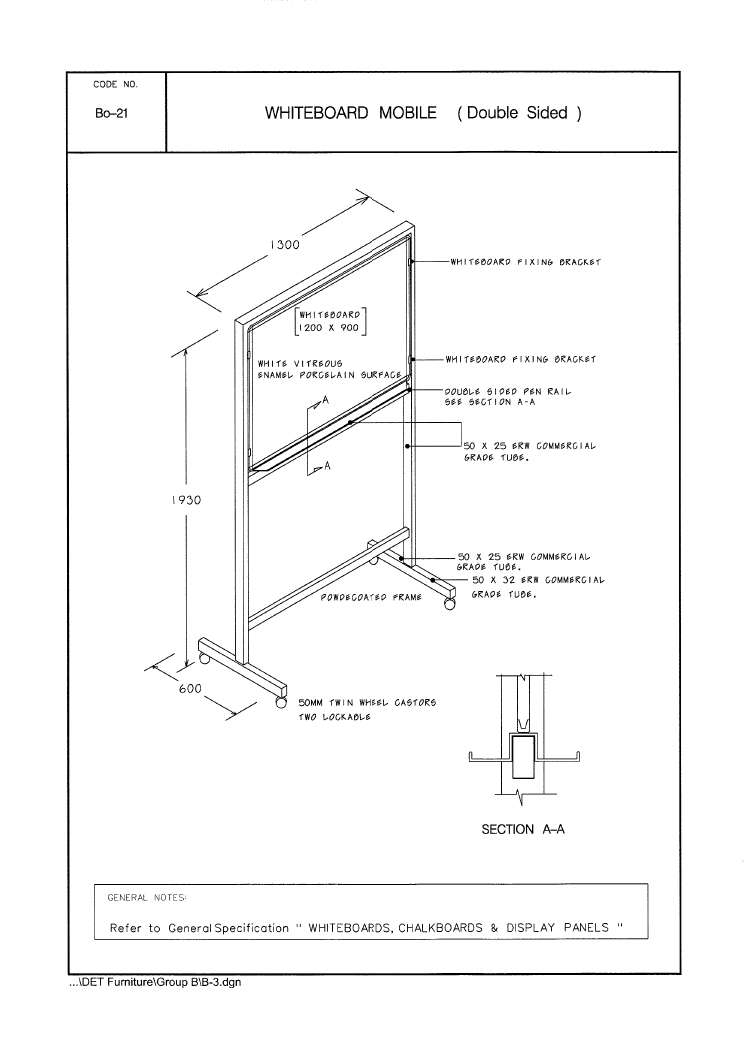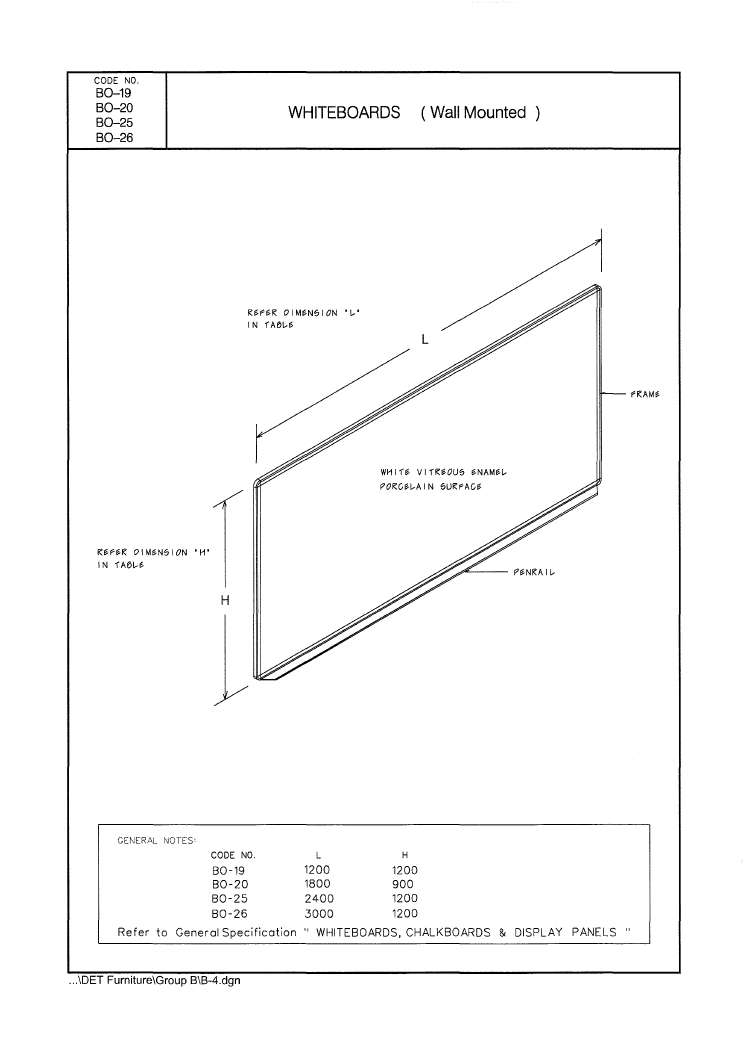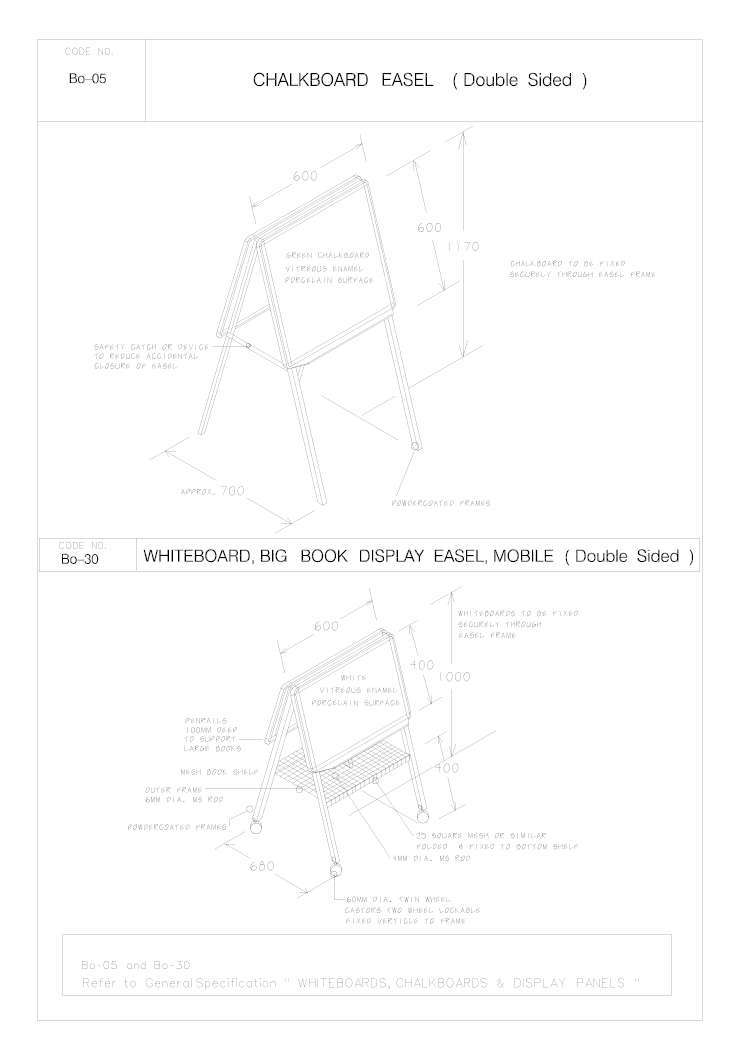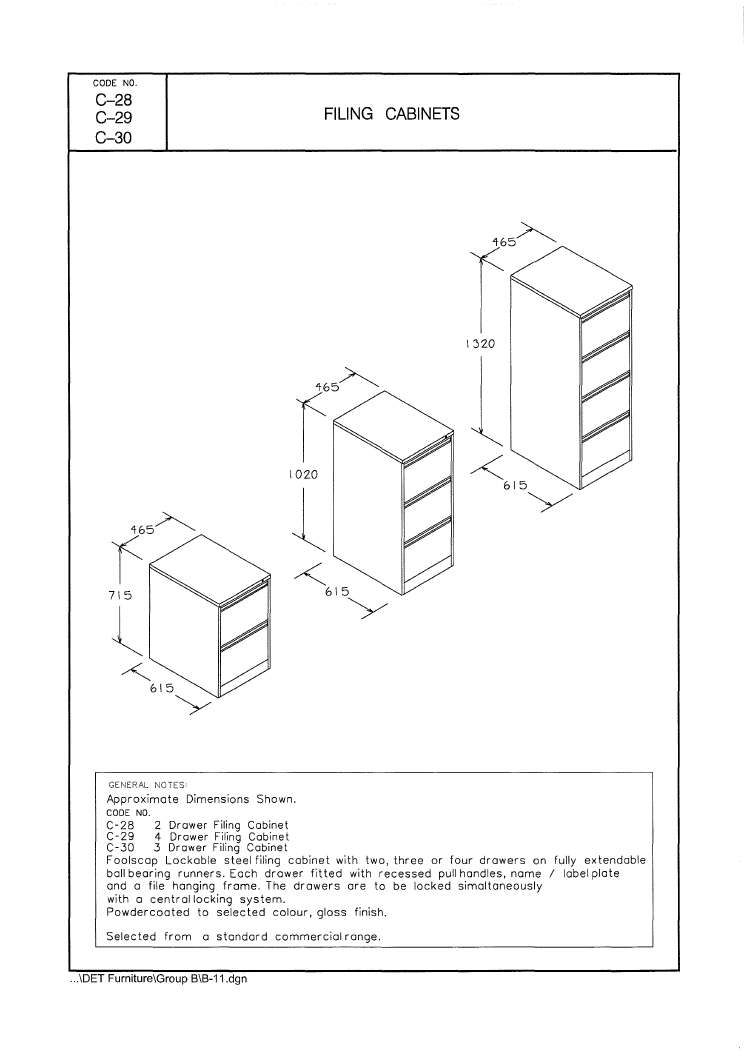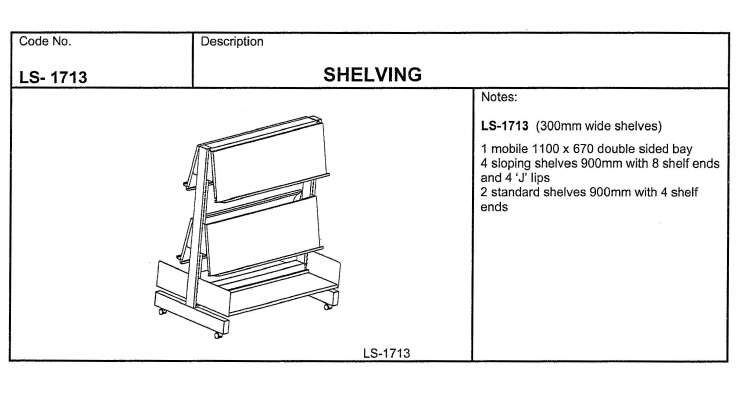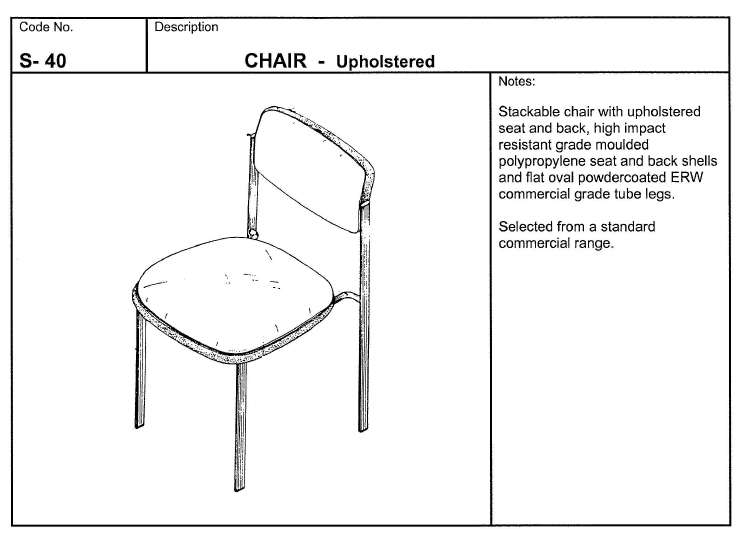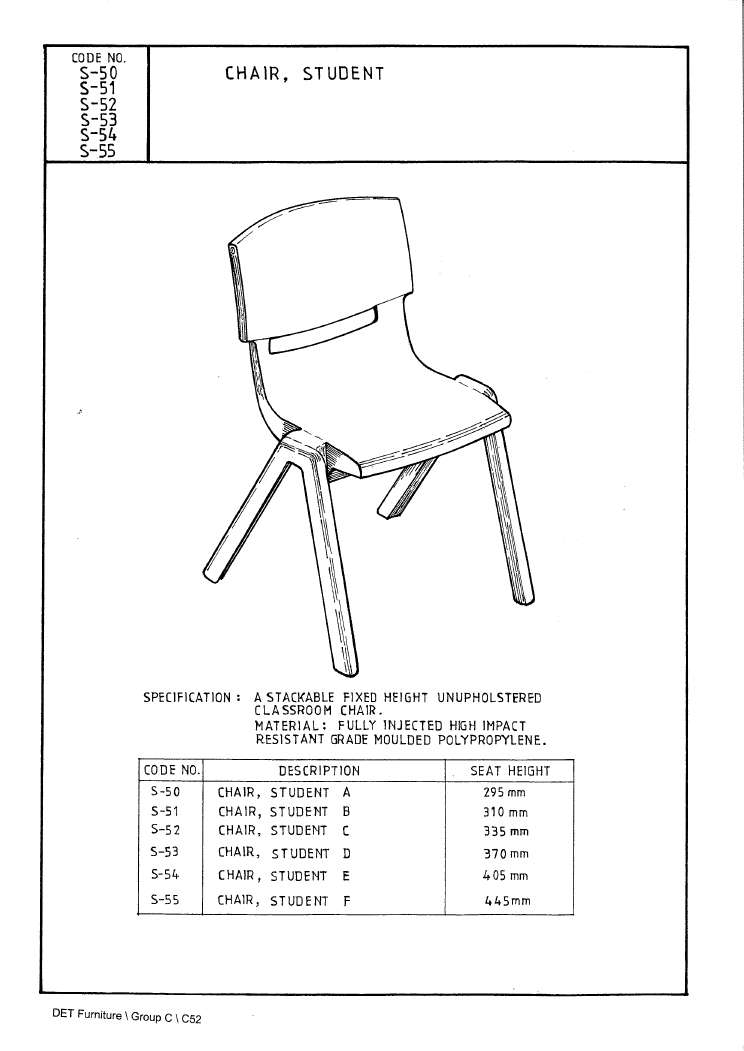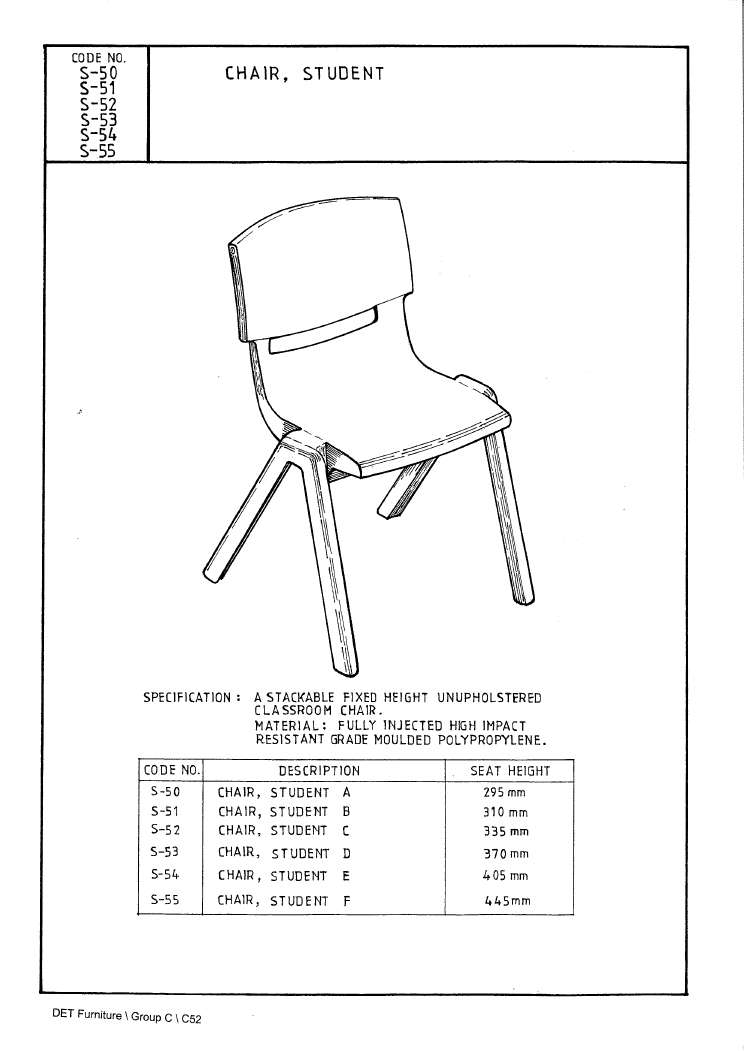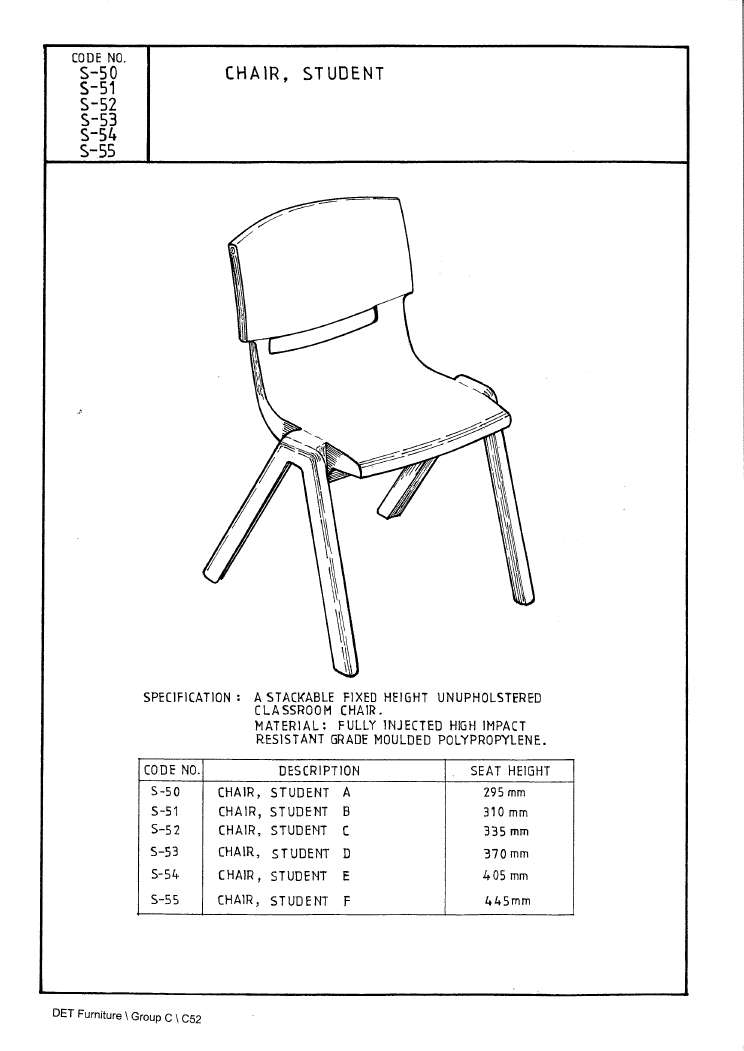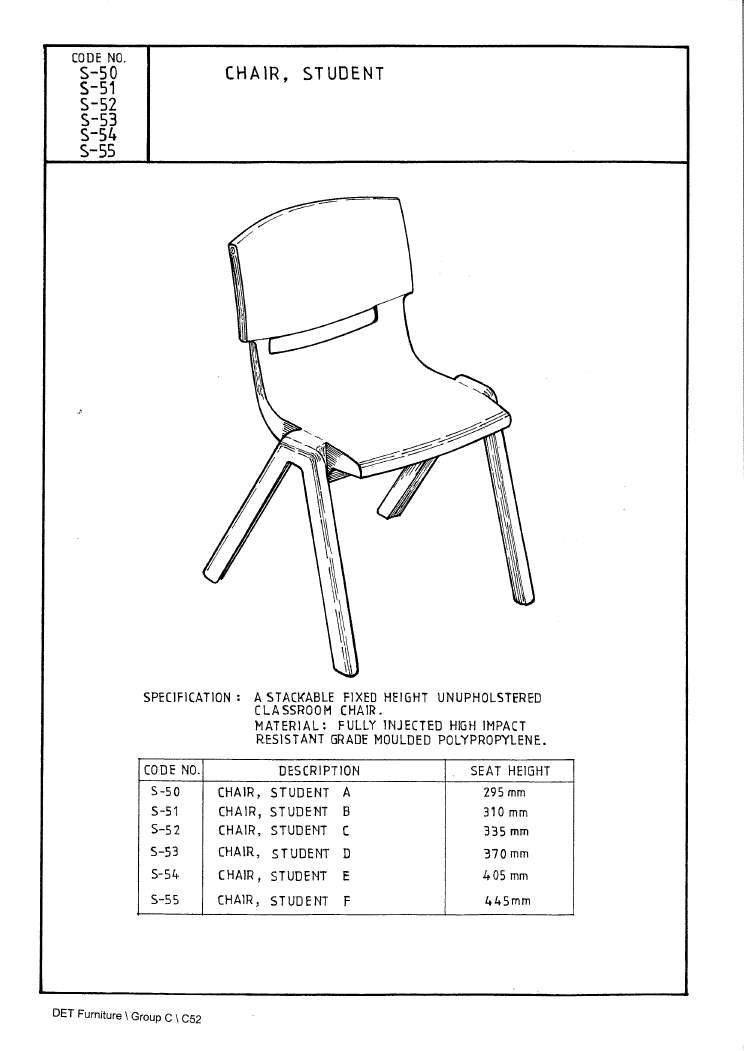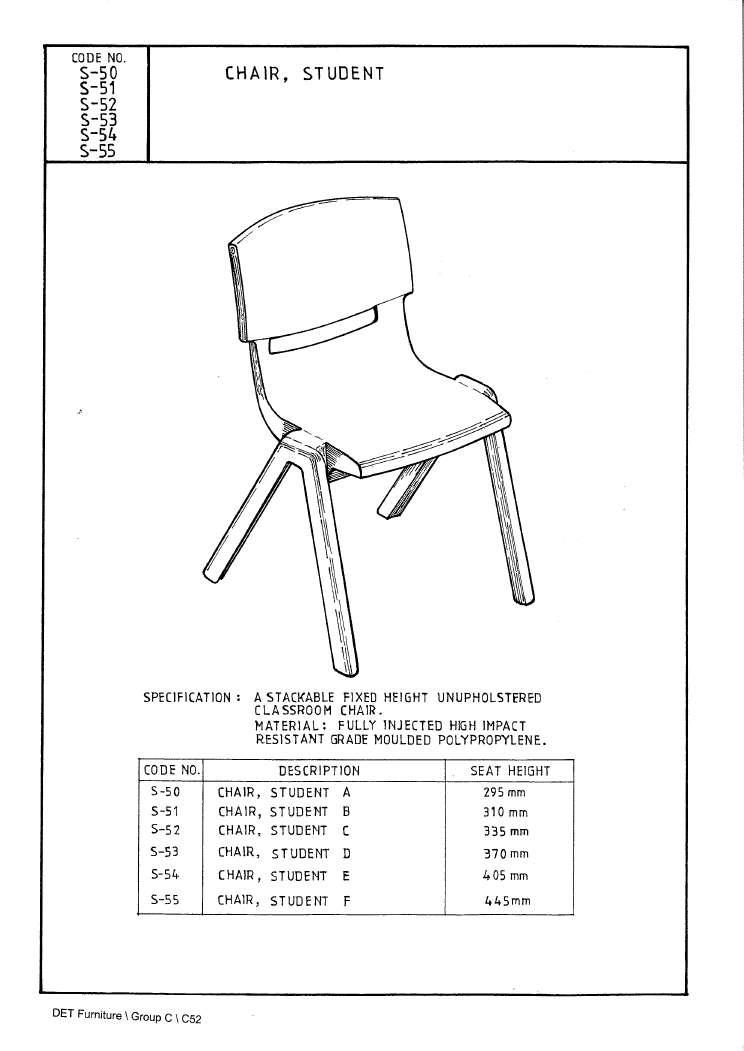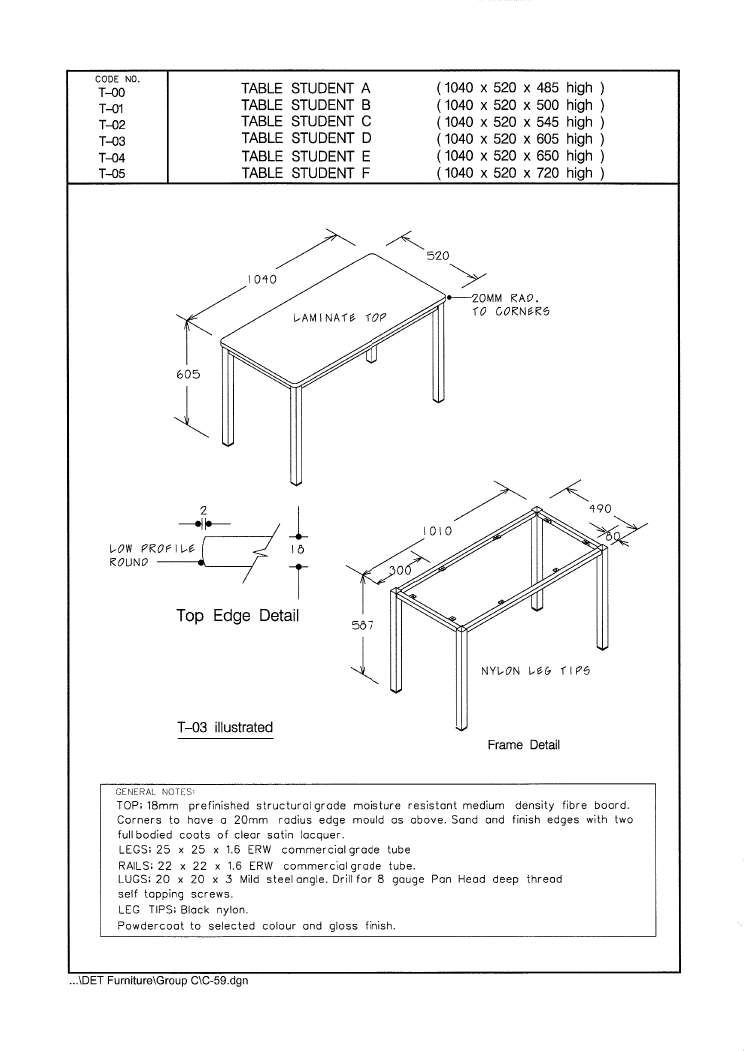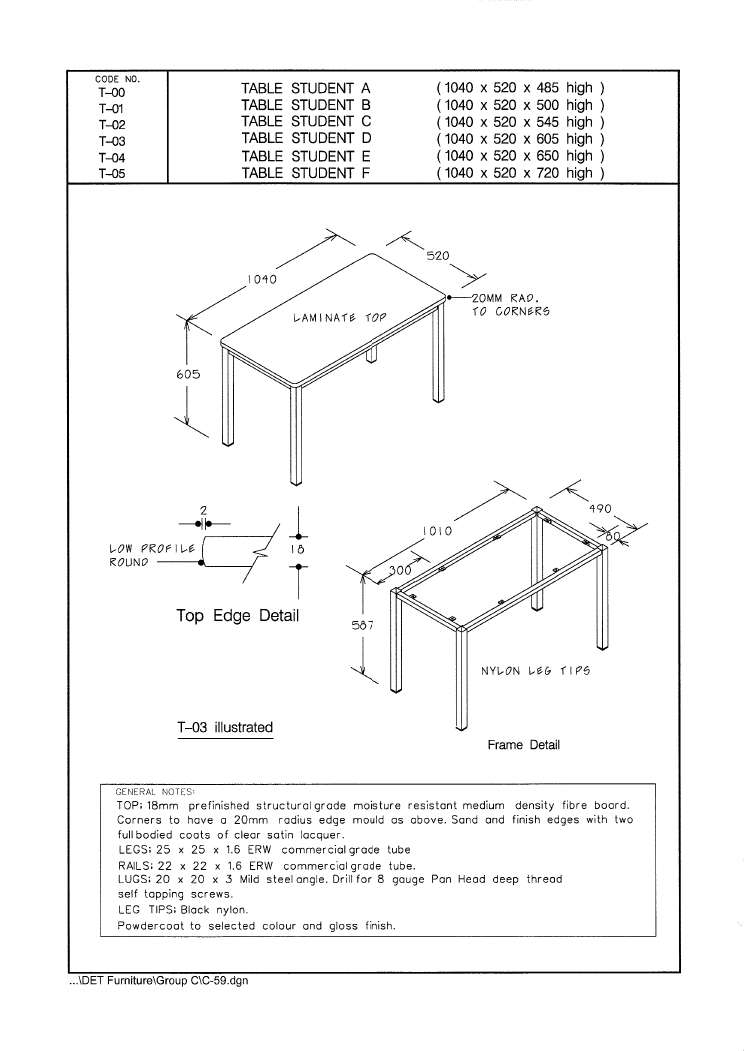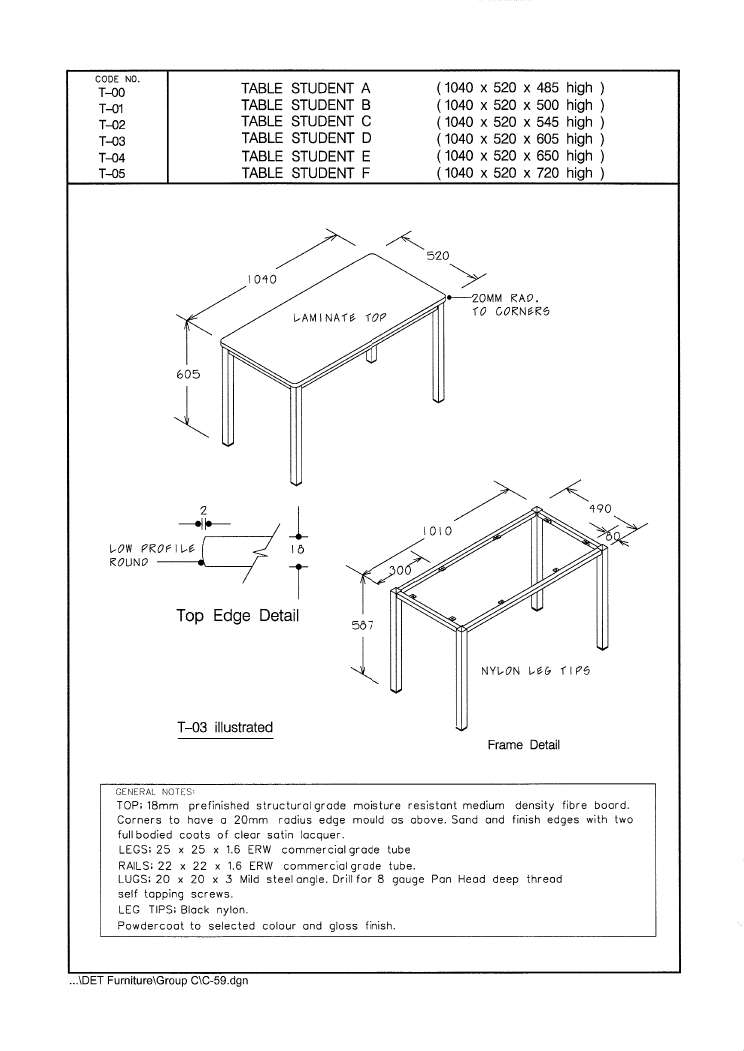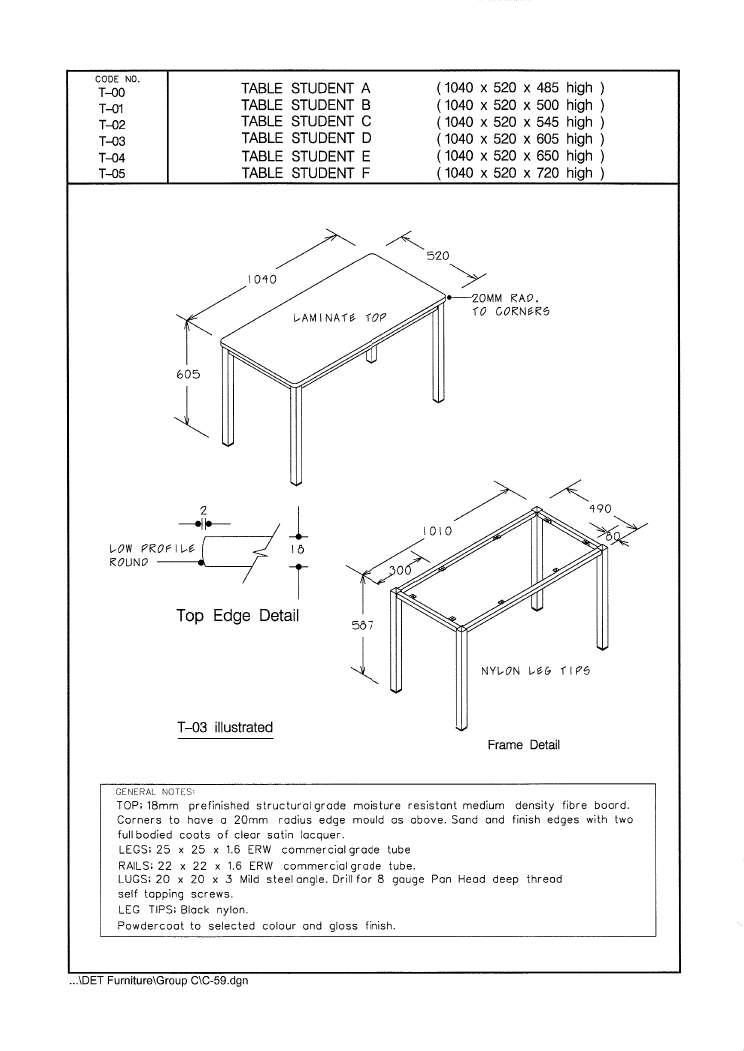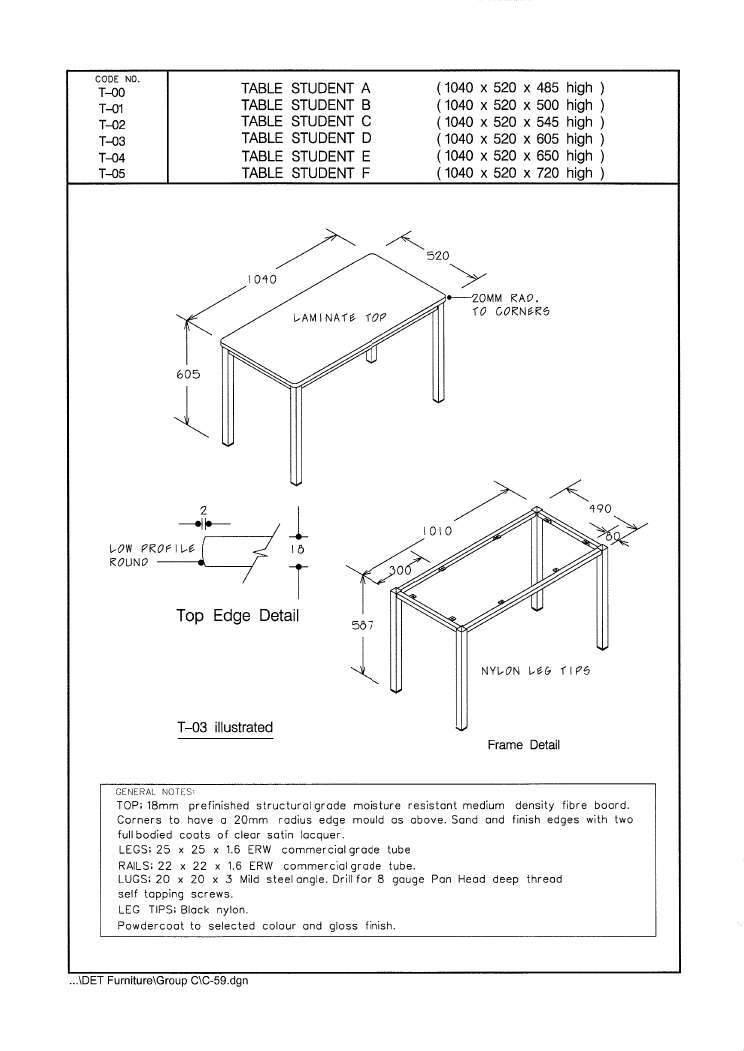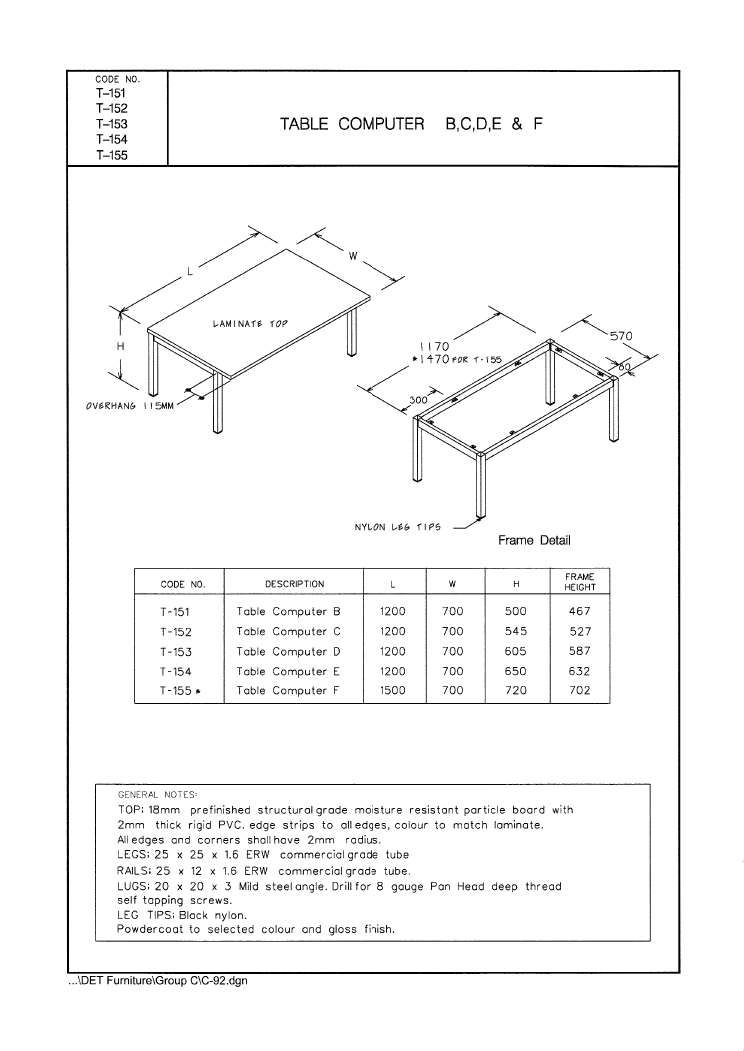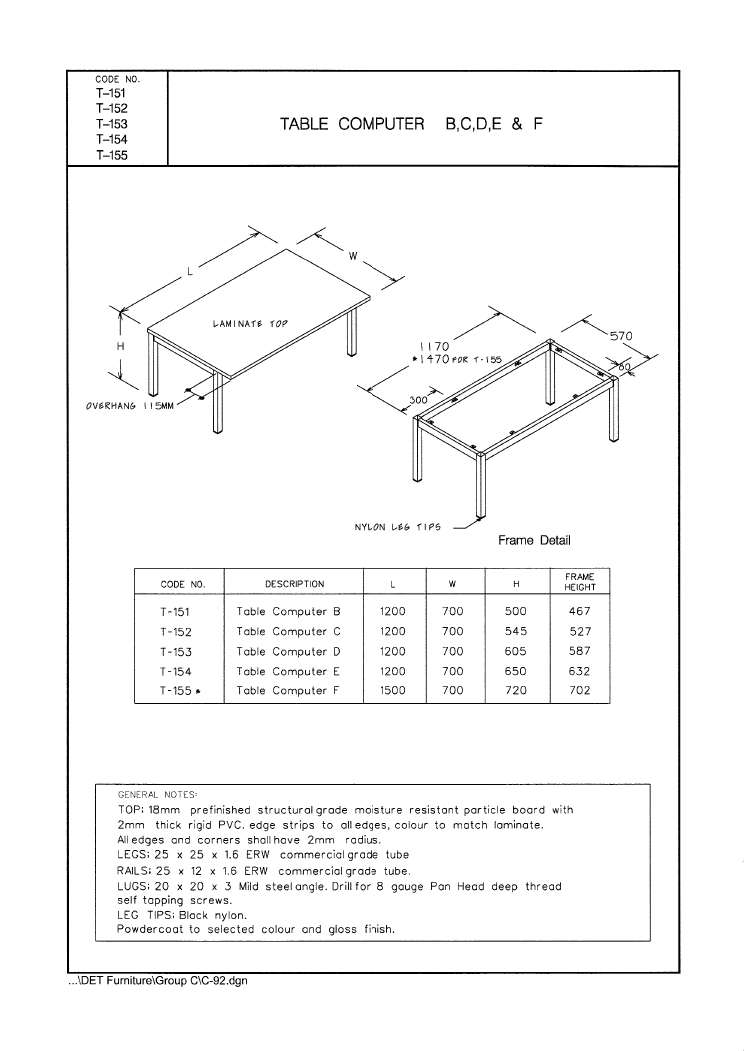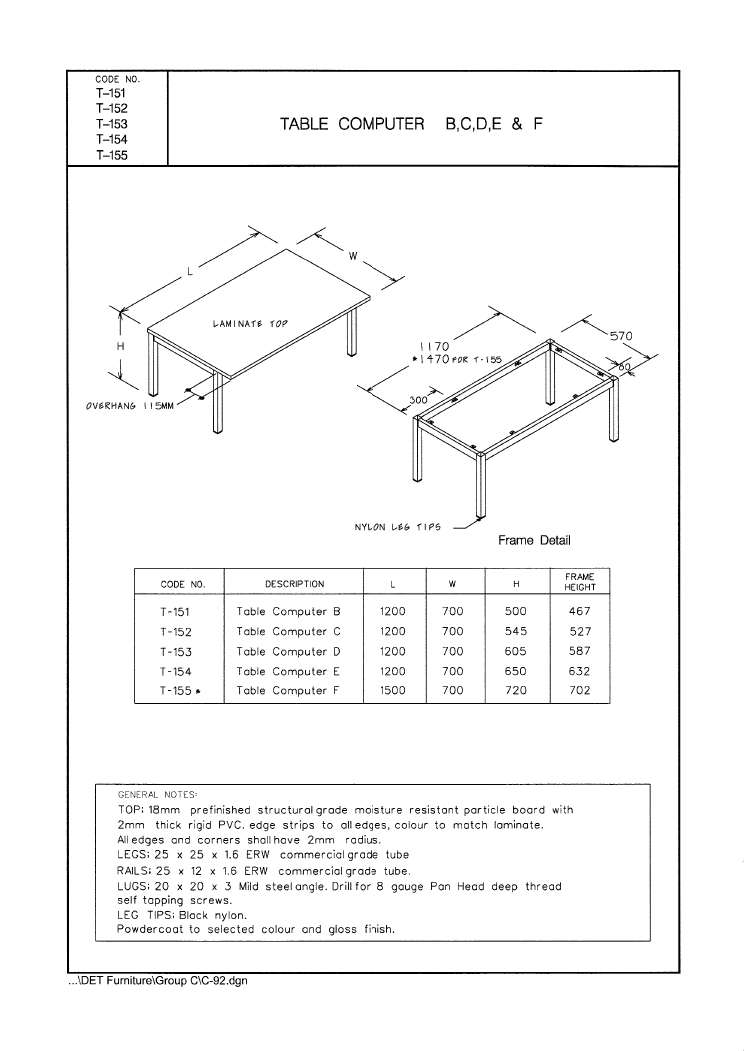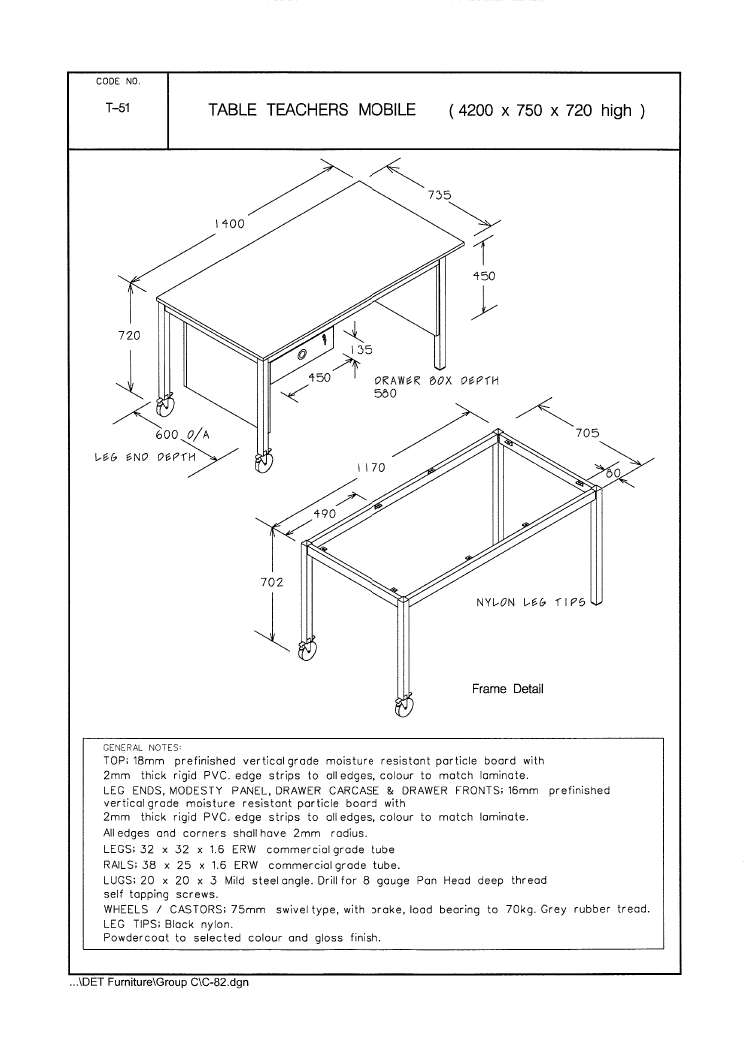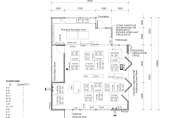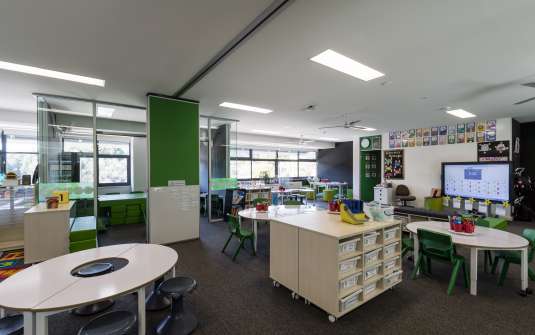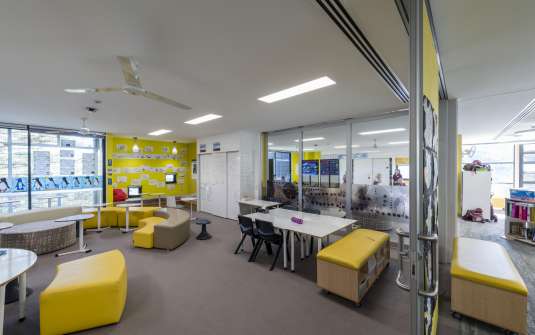This Home Base area provides a learning space for up to 30 students and one teacher. The main learning area which provides an adaptable learning environment that can support a range of teaching strategies from direct explicit instruction to facilitation of inquiry and authentic project and problem based learning. It is configured to support a variety of seating plans from individual to large groups. Depending on the furniture available, there is some scope for the teacher to modify settings during a session to support the teacher’s learning and social planning., it is more likely, however, that learning settings will need to be planned in advance to support collaboration, social interaction and active investigation activities.
This Home Base is suitable for small group or the whole class activities that include discussion, reading and storytelling, explicit teaching and demonstrations. Students can work individually or in small groups on research and reflective activities. The Home Base area provides space in which student work can be displayed and where students can rehearse and perform as a large group. The Practical Activities Area with sink and bench space provides for individual and small group activities that encourage students to explore, investigate, create, fabricate and construct.
FURTHER OPPORTUNITIES
There is potential for an indicative operable wall to an adjacent Home Base, and retraction of this operable wall would enable a collaborative learning and teaching model of two teachers to 40-60 students. Connecting Home Base areas and/or access to an outside learning area would enable greater diversity of learning settings reducing the need for constant reconfiguration of furniture. Reducing the number of desks and chairs and using different furniture and fittings to create alternative learning settings would also increase room use for more diverse learning processes including small assemblies, performances, investigative and fabrication activities, and structured play and tabloid learning activities. This room also lends itself to other school and community uses subject to access to other necessary services and facilities.
LEARNING IMPLICATIONS
Given the size of the room and the number of tables and chairs provided, consideration will need to be given to acoustic and spatial implications depending on the number and size of groups and the types of learning activities. In particular consideration will need to be given to the types of performance activities e.g. singing, poetry, drama and the number of groups included in the learning space, and the size and types of resources used in explore, investigate, create, fabricate and construct activities for large groups.
Explore ideas, share and develop opinions, debate and decide.
This learning process is effective with small to large groups provided specific criteria can be met.
Display, exchange and encounter learning artefacts.
This learning process is effective with small to very large groups provided specific criteria can be met.
Implement, build or assemble systems and media.
This learning process is effective with small to very large groups provided specific criteria can be met.
Teachers and/or students demonstrate, communicate ideas and/or teach explicitly.
This learning process is effective with small to very large groups provided specific criteria can be met.
Hands on interaction, experimentation and evaluation with materials to discover, design and test.
This learning process is effective with small to very large groups provided specific criteria can be met.
Use written, graphical and digital resources to personally reflect, consolidate and/or enquire.
This learning process is for individual or small groups and is effective provided specific criteria can be met.
Practise, refine and execute performance based activity.
This learning process is effective with small to very large groups provided specific criteria can be met.
Ratings against the Design Criteria
All criteria regarding spatial layout, fit-out, visibility and acoustics can be met.
Most criteria regarding spatial layout, fit-out, visibility and acoustics can be met. Some consideration will need to be given to determine whether constraints on ease of use, group size or materials will compromise the learning outcomes.
Few of the criteria regarding spatial layout, fit-out, visibility and acoustics can be met. A lot of consideration will need to be given to determine how the constraints on ease of use, group size or materials can be overcome.
Very few of the criteria regarding spatial layout, fit-out, visibility and acoustics can be met. This space should only be used for this learning mode as a last resort.
This space is incapable of supporting this learning mode.
This learning process is not employed with this size group.



